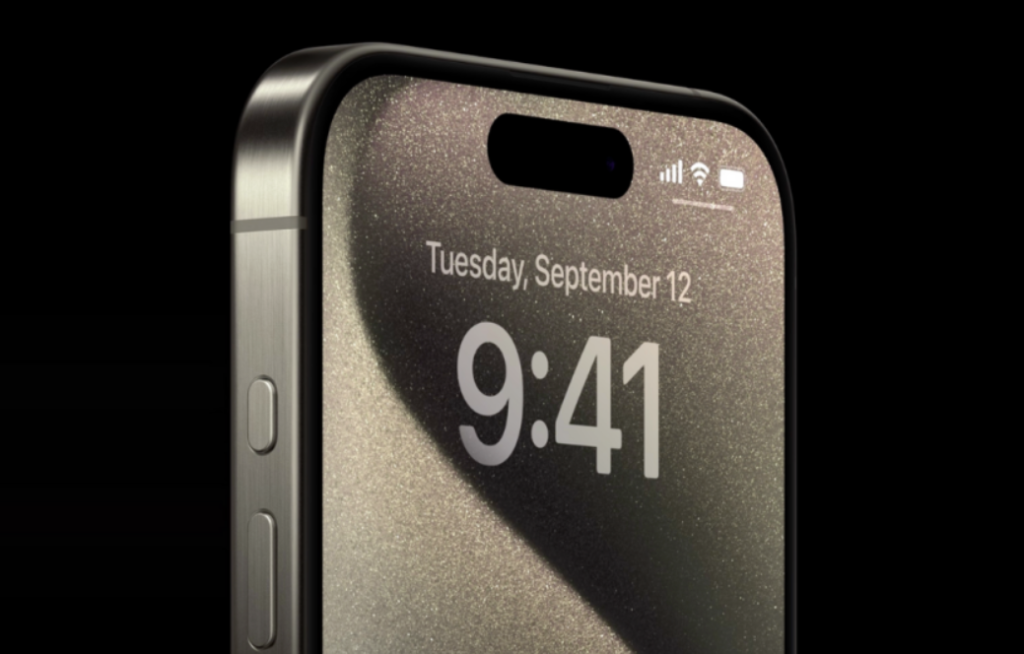
Apple developed a tool to assist iPhone 15 customers in monitoring power cycles and charging restrictions in response to worries about the durability and health of the battery. This function allows you to cap charging at 80% capacity to extend the life of your battery and shows you how many times it has ran out of juice and been charged again. That’s all well and good if you can use it, but current reports state that access to the battery health feature is completely lost when the iPhone 15’s battery is replaced.
Users of iPhones have always been passionate about battery life, especially since the launching of the previous year’s model. The iPhone 14 was the subject of numerous battery life reports less than a year after it was released on the market; the majority of these claims stated the battery’s capacity had decreased by more than 10%. (Note: Ziff Davis, the parent company of ExtremeTech, owns PCMag.) It is believed that setting an 80% charge limit will increase battery life by lessening the physical strain on the battery. Based on this reasoning, Apple included the new function in the iPhone 15. Users of the iPhone 15 can now choose to enforce an 80% charge limit and see how many charge cycles their battery has received through the Settings menu.
However, consumers are only shown this information if they have never changed the battery on their iPhone 15. The founder of iCorrect, an Apple device repair business located in the UK, Ricky Panesar, stated to Forbes on Thursday that replacing the iPhone 15’s battery causes the gadget’s new battery function to become “unknown.” When Panesar replaced the iPhone 15 Pro’s original battery with an Apple-made one, he discovered that the feature was disabled while disassembling the new model.
Panesar stated, “If you replace the battery, you will lose functionality of battery health as well as the new cycle count feature immediately.” “You’re punishing me by not giving me the features, so there are more pairing levels with the battery this year than there were last year.” Even though the replacement battery was a genuine Apple part, the iPhone 15 Pro he had been playing with had stated it couldn’t identify whether it was.
As Panesar pointed out, the problem most likely stems from Apple’s part serialization process, which guarantees that its replacement bits are utilized while doing repairs. Yet, Apple’s selective removal of the battery health feature makes sense when seen in the context of the company’s illustrious self-repair policy. Once upon a time, FaceID and less sophisticated battery health features were disabled by Apple as a form of punishment for iPhone owners who changed their displays or batteries. Although it discontinued this practice in 2021 (shortly before launching its eagerly anticipated self-service repair program), it appears the business saved that little tidbit for a rainy day.
As it happens, Panesar thinks sending your broken iPhone 15 to Apple is the only method to get around the loss of the new battery health feature. Only Apple can guarantee that the new battery is properly synchronized with the rest of the device because its serial number calibration tool is private.